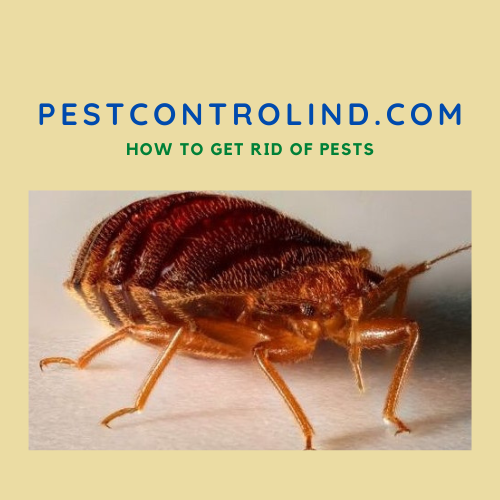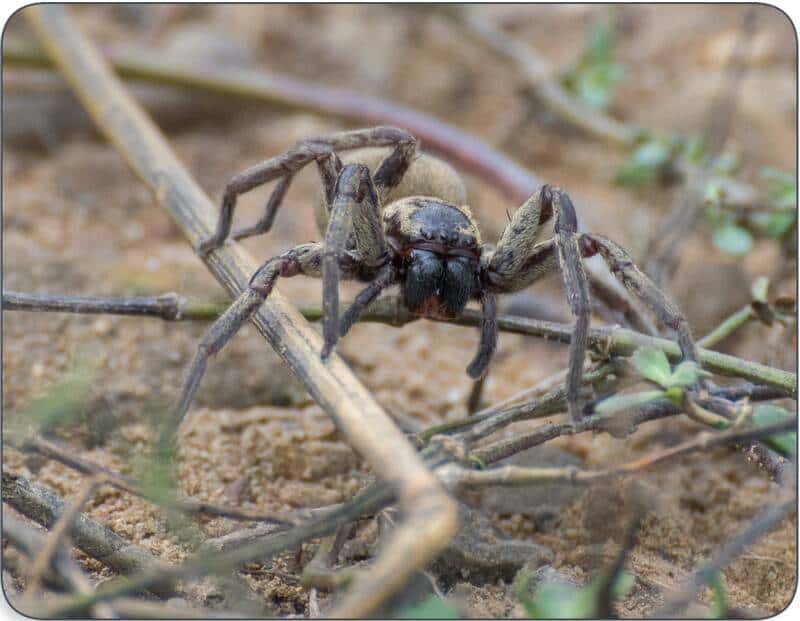What product kills spiders? When should I get rid of spiders? Are they all dangerous?
Here’s an article that answers all these questions simply and concisely.
I. The few causes that justify killing spiders
Spiders can be a nuisance in and around your home. Although they don’t cause as much damage to your property as some pests.
They can certainly be a nuisance, and even dangerous in some cases. For some spiders are venomous, and their bites can cause severe allergic reactions.
These reactions are usually most severe in children or the elderly, or people with fragile immune systems.
No wonder so many people are looking for ways to keep spiders out of their homes.
Spider infestations are often less obvious to detect than other pest problems!
The best way to prevent spiders from taking up residence in your home is to keep it clean and use spider repellents.
II. What product kills spiders? different types?
Among the products you can use to get rid of spiders are repellents and insecticides.
1. Repellents against spiders
Repellents are solutions designed more to repel spiders than to kill them.
The aim of their use is either to capture them alive or to keep them out of your living space.
And to achieve this, there are two main types of repellent: ultrasonic plugs and traps.
a. The ultrasonic plug
The ultrasonic plug is an electrical spider-repellent. It’s designed for use inside the home, whether in the kitchen, living room, or bedroom.
It features an ultrasonic chip to repel spiders. This product can cover an area of 30 m2.
Since it is supplied in multiples, it can cover a large area.
This plug poses no known risk to pets, children, and certainly not pregnant women.
Its oscillating frequency technology allows you to vary the sounds emitted to repel spiders.
It should be positioned in the room so that no obstacles (such as furniture) prevent the frequency waves from being properly transmitted.
b. Traps to keep spiders away
These traps are designed to get rid of many forms of insects, including spiders.
They are environmentally friendly and non-toxic.
The trap’s lining is made of strong, durable glue that provides good adhesion and prevents the spider from escaping.
You can easily use it at home without its materials posing a danger to householders or pets.
So it’s a good alternative to chemicals.
It’s not difficult to set up. All you have to do is lay it out, remove the glue protection, and add a few crumbs of food as bait.
You can then place it wherever it suits you, especially in rooms where you suspect an infestation.
2. Insecticides to kill spiders
These products are no less harmless than the previous ones and are also designed to eradicate spiders.
Their use requires extra care to avoid ingestion, as they are mainly liquid solutions.
These include liquid products and sprays.
a. Liquid products
These are sprays that can be used for both preventive and curative spider control.
Results are immediate, and even visible over several months.
Liquid sprays have a long range and can reach hard-to-reach places.
You can spray them into corners, entry points, and around windows, inside and out.
Whatever the season, these solutions eliminate spiders quickly.
They’re odorless and mess-free. You don’t need to mix anything to use them; they’re ready to use once you’ve acquired them.
b. Spray
This is another insecticide product for combating spiders and is highly effective as a repellent.
It can be used both indoors and outdoors. What’s more, it contains peppermint essential oil, which repels spiders and disturbs their sense of smell.
It’s safe to use, as it contains no chemicals. It is therefore an ecological product, tested and developed by experts.
Before use, shake well and spray on areas to be protected from spider infestation.
The regular application guarantees the best results. It is an excellent alternative to chemical products and traps.
c. Smoke bombs
Smoke bombs, also called smoke bombs or pesticide dispensers, are often used to eliminate a variety of pests, including spiders.
They are usually small cylindrical devices that contain a pesticide and a fuel.
When ignited, the fuel burns and vaporizes the pesticide, creating smoke or mist that travels through the area to be treated.
Smoke bombs are available in a variety of sizes and formulations, depending on the type of pest to be eliminated and the size of the area to be treated.
When ignited, the smoke bomb releases a pesticide in the form of smoke or mist.
This smoke gets into hard-to-reach areas, like cracks, crevices, and other hiding places where spiders and other pests can hide.
Spiders and other pests are exposed to the pesticide either through direct contact with the smoke or by ingesting the pesticide while moving or feeding.
The pesticide usually works by disrupting the nervous system of spiders, which leads to their death.
It is important to note that the use of smoke bombs should be done with caution, as they contain chemicals that can be harmful to humans and pets.
III. How do spiders get into a house?
Spiders enter houses through the many holes and passages that usually exist in dwellings.
If you live in a forested area or have a garden, you’re much more likely to have spiders in your home, since spiders are more common in this type of environment.
It’s worth noting that spiders are attracted to damp or dark places, such as basements or gutters, but they can also be found in dry, warm areas of the home.
Spiders most often enter homes directly through doors and windows, or sometimes through cracks and gaps around door or window frames.
Spiders can also enter the home in boxes and parcels.
But they can also come in with items we buy from outside, such as furniture and carpets.
IV. Are all spiders dangerous?
Fortunately, the answer is no.
Because even though the majority of spiders produce venom to paralyze their prey before they store it for later consumption, most spiders are not dangerous to humans in any way.
It should be noted that if spider bites, only a handful of the more than 40,000 known spider species produce venom dangerous enough to pose a threat to human health.
Some people can indeed develop symptoms of allergy to spiders. However, this phenomenon is rare and varies from person to person.
Reactions to spider bites are not associated with the venom itself but with the allergenic proteins contained in the spider’s saliva.
Allergic reactions can also be triggered by inhaling hairs, scales, or other small parts of the spider.
Note that spiders are not known to be disease vectors.
V. Careful use of these chemicals
For most of these products, which are chemical in nature, it is advisable to be particularly careful when using them.
Some are harmful to aquatic organisms, with long-term effects.
Avoid spraying them in water basins containing animals, or disposing of their containers in watercourses.
In the event of ingestion by an animal or a child, even in small quantities, it is imperative to hurry to see a doctor, taking care to return the packaging or the product itself.
Like all chemical products, they should not be left within the reach of children.
Finally, reading each product label carefully is advisable to avoid allergic reactions.
Useful Links:
Record-breaking achievements by spiders and the scientists who study them
Identifying spiders through DNA barcodes
Fear and Disgust of Spiders: Factors that Limit University Preservice Middle School Science Teachers

